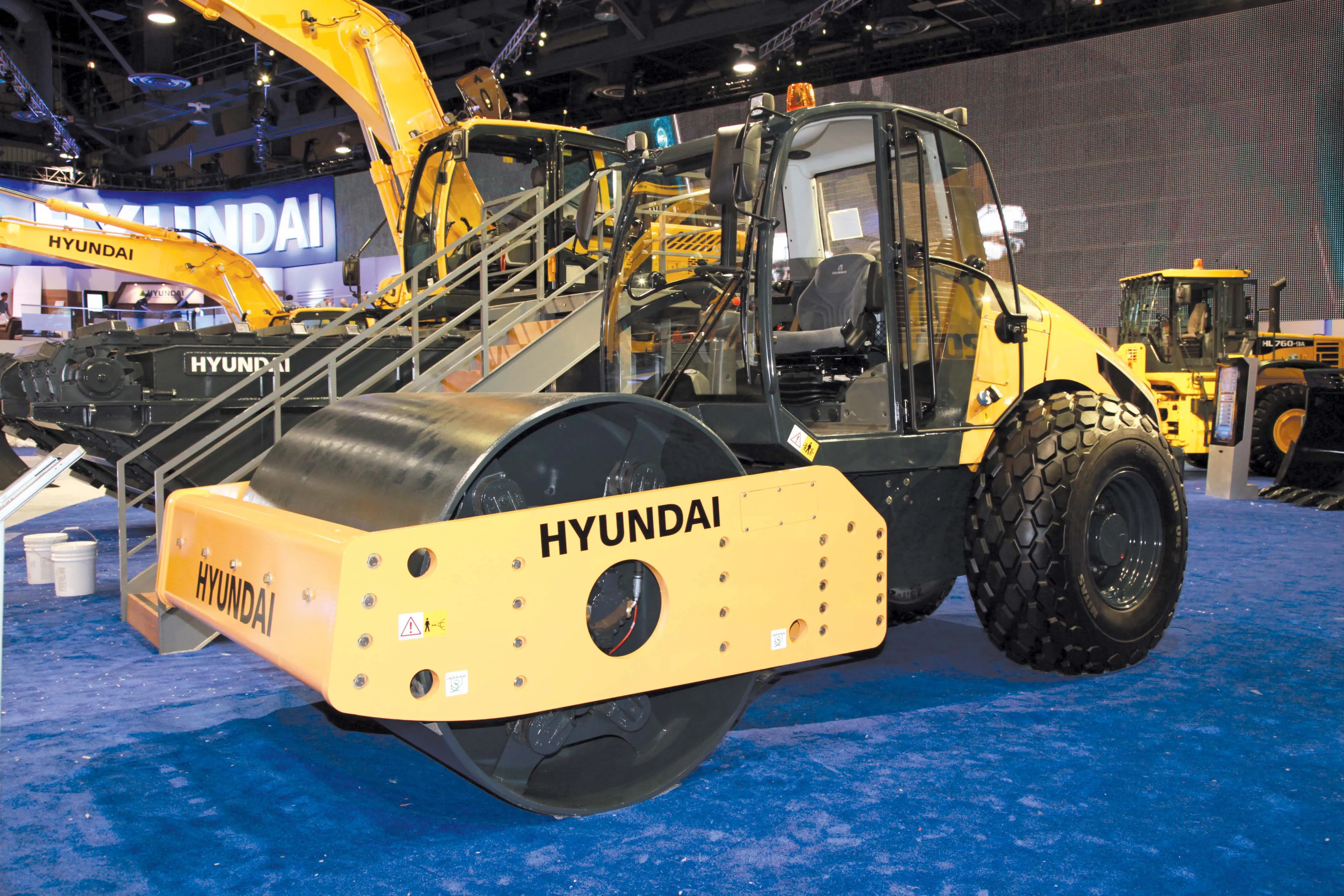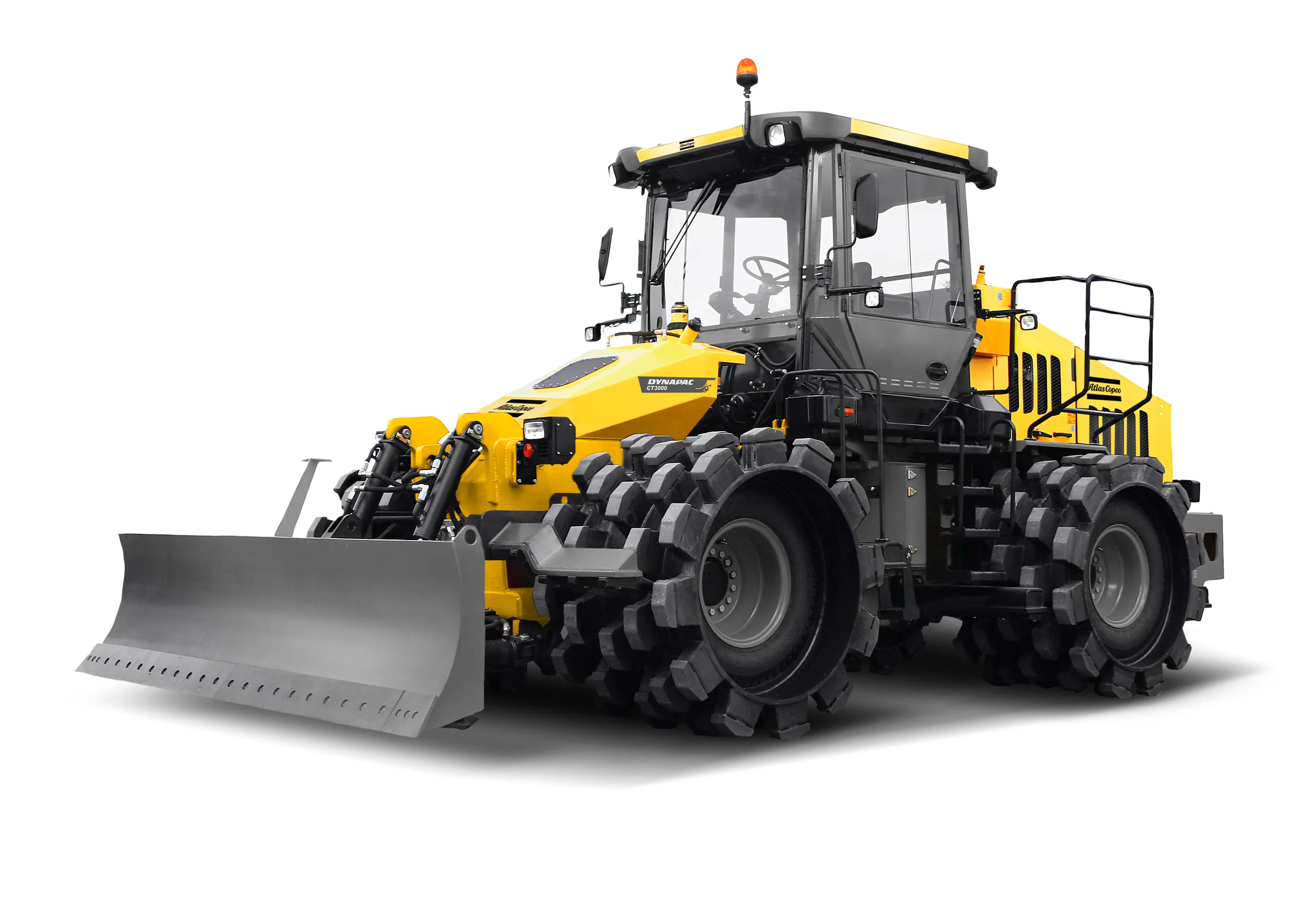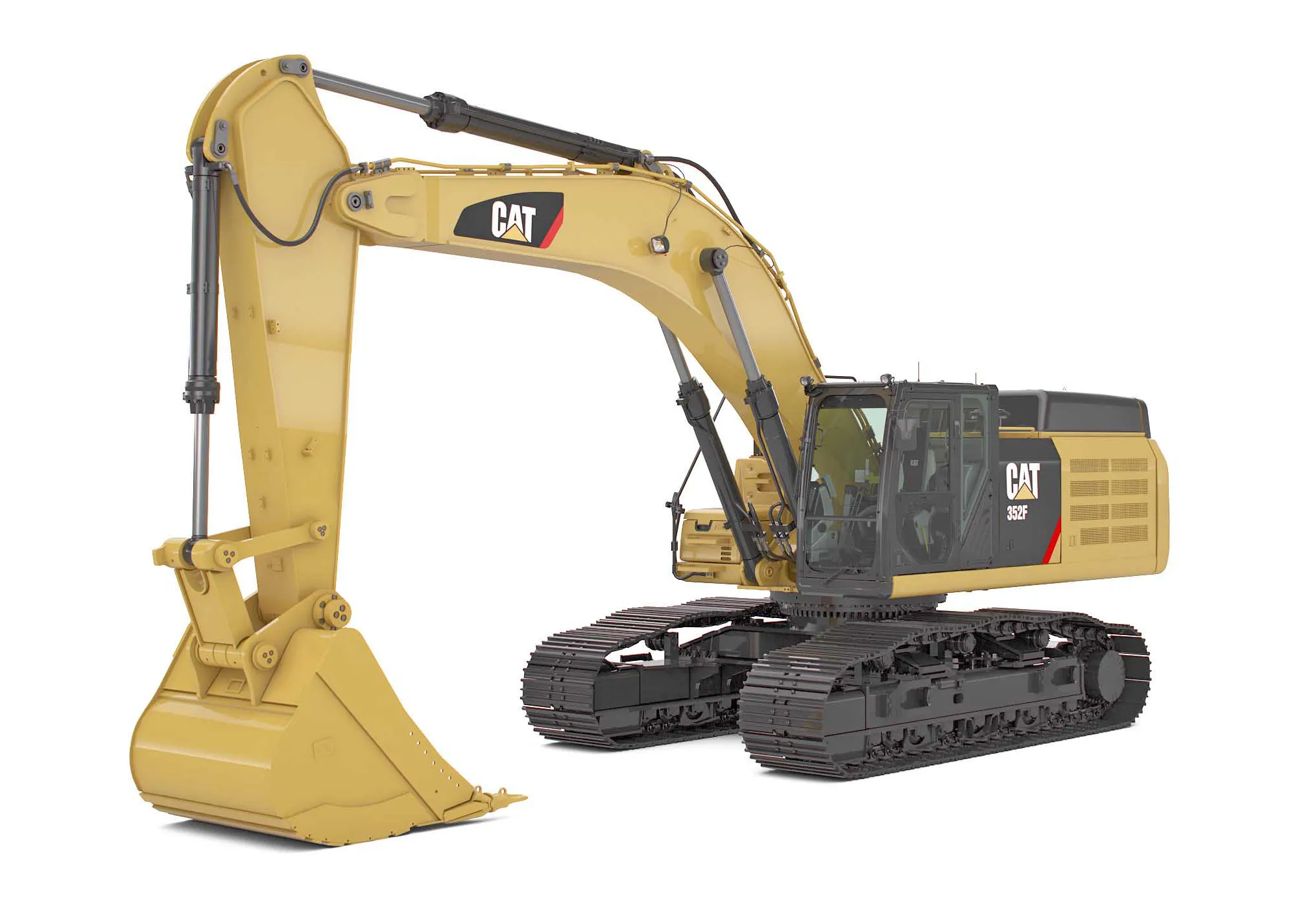Allison Transmission is offering a wide range of fully-automatic transmissions aimed at the construction market.
The company claims that fully-automatic transmissions deliver driving precision and reduce driver distraction in heavy-duty construction vehicles, when operating on difficult terrain and on steep slopes. The Allison 3000 and 6000 series units suit duties in a wide range of construction applications. The smallest Allison 1000 Series is used in heavy-duty pickup trucks, while the largest 9000 Ser
April 17, 2012
Read time: 1 min

RSSAllison Transmission Inc is offering a wide range of fully-automatic transmissions aimed at the construction market.
The company claims that fully-automatic transmissions deliver driving precision and reduce driver distraction in heavy-duty construction vehicles, when operating on difficult terrain and on steep slopes.
The Allison 3000 and 6000 series units suit duties in a wide range of construction applications. The smallest Allison 1000 Series is used in heavy-duty pickup trucks, while the largest 9000 Series can handle engines with up to 1678kW and a torque of 8270Nm.
Two new vehicles have been launched at INTERMAT that feature Allison’s fully-automatic transmissions;1240 Bell’s new B30E articulated dump truck and 2490 XCMG’s 2796 Mercedes-powered XCT30CE 30tonne mobile crane. The firm claims that the products offer key benefits, such as continuous power technology and the patented torque converter, which deliver high performance, reduce downtime and minimise fuel consumption.
RSS
View more stories
View more videos
The company claims that fully-automatic transmissions deliver driving precision and reduce driver distraction in heavy-duty construction vehicles, when operating on difficult terrain and on steep slopes.
The Allison 3000 and 6000 series units suit duties in a wide range of construction applications. The smallest Allison 1000 Series is used in heavy-duty pickup trucks, while the largest 9000 Series can handle engines with up to 1678kW and a torque of 8270Nm.
Two new vehicles have been launched at INTERMAT that feature Allison’s fully-automatic transmissions;
RSS
View more stories
View more videos









